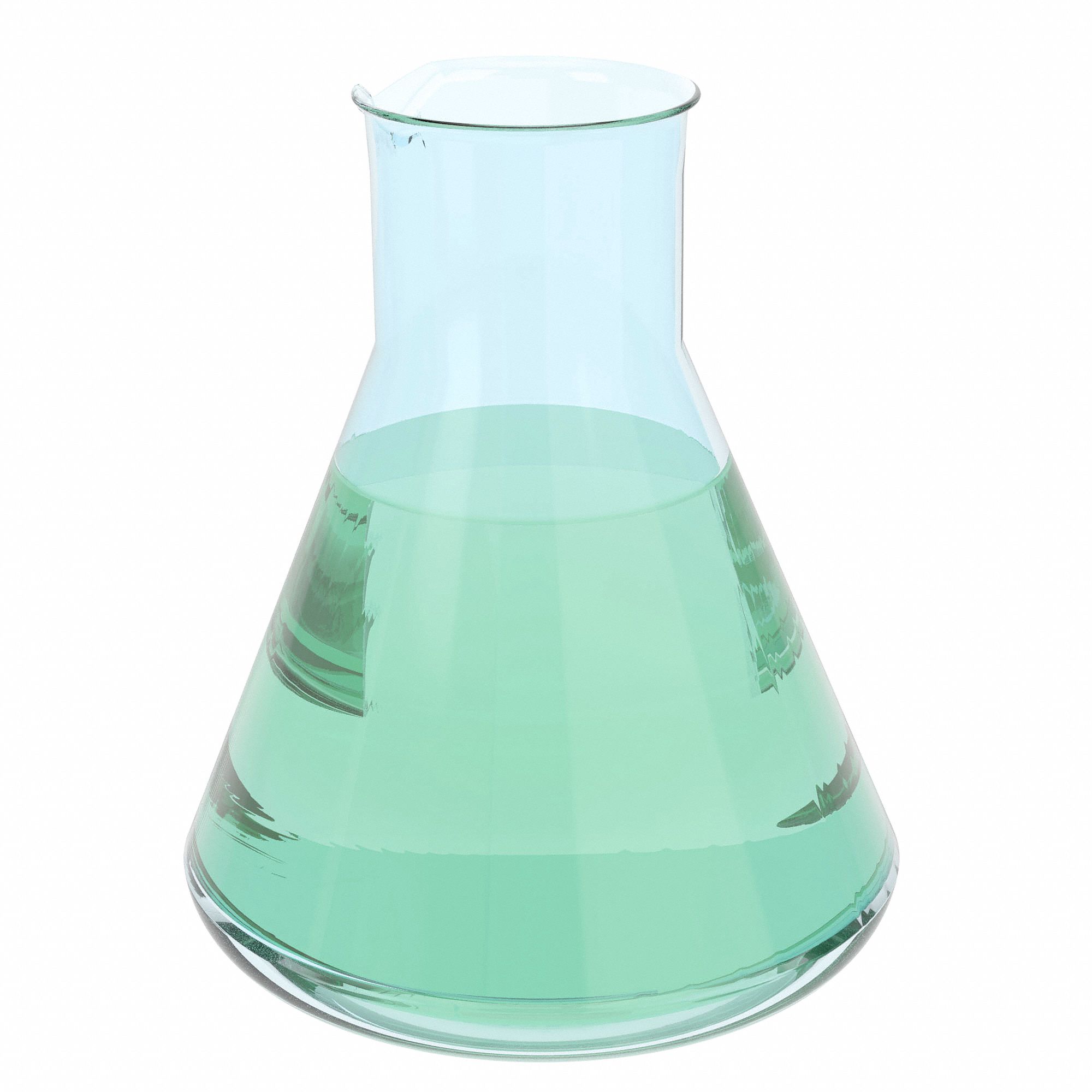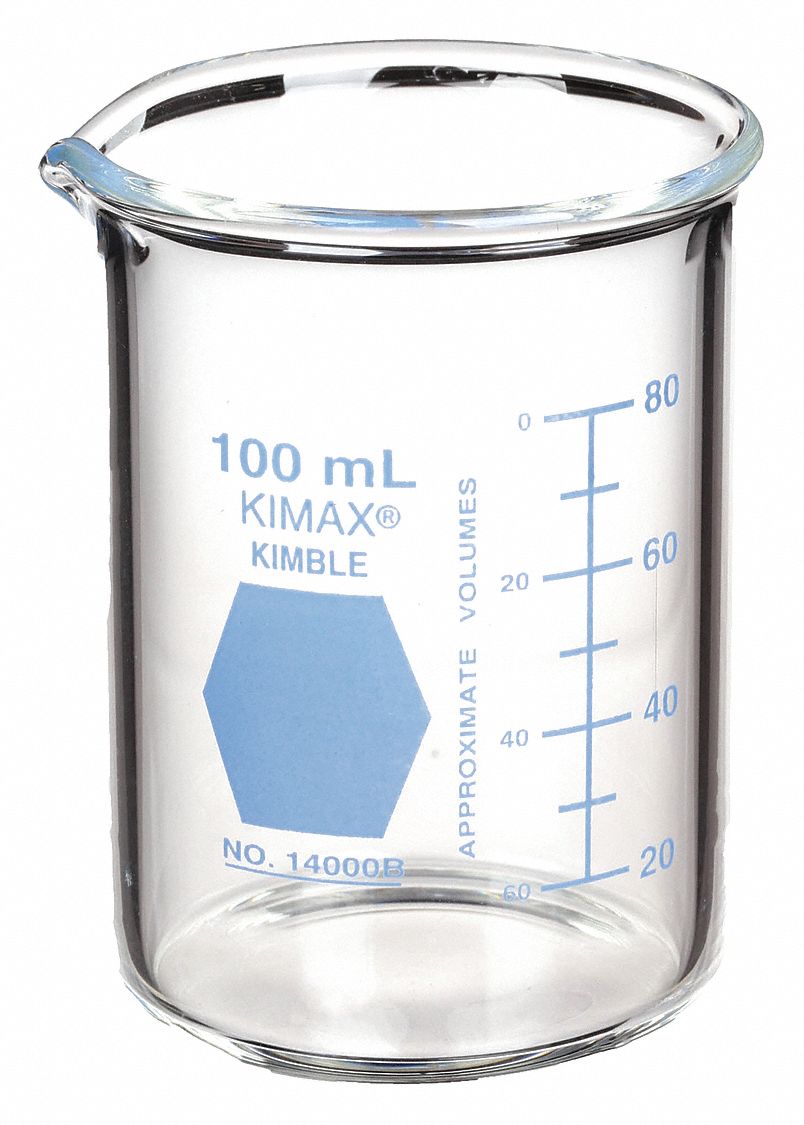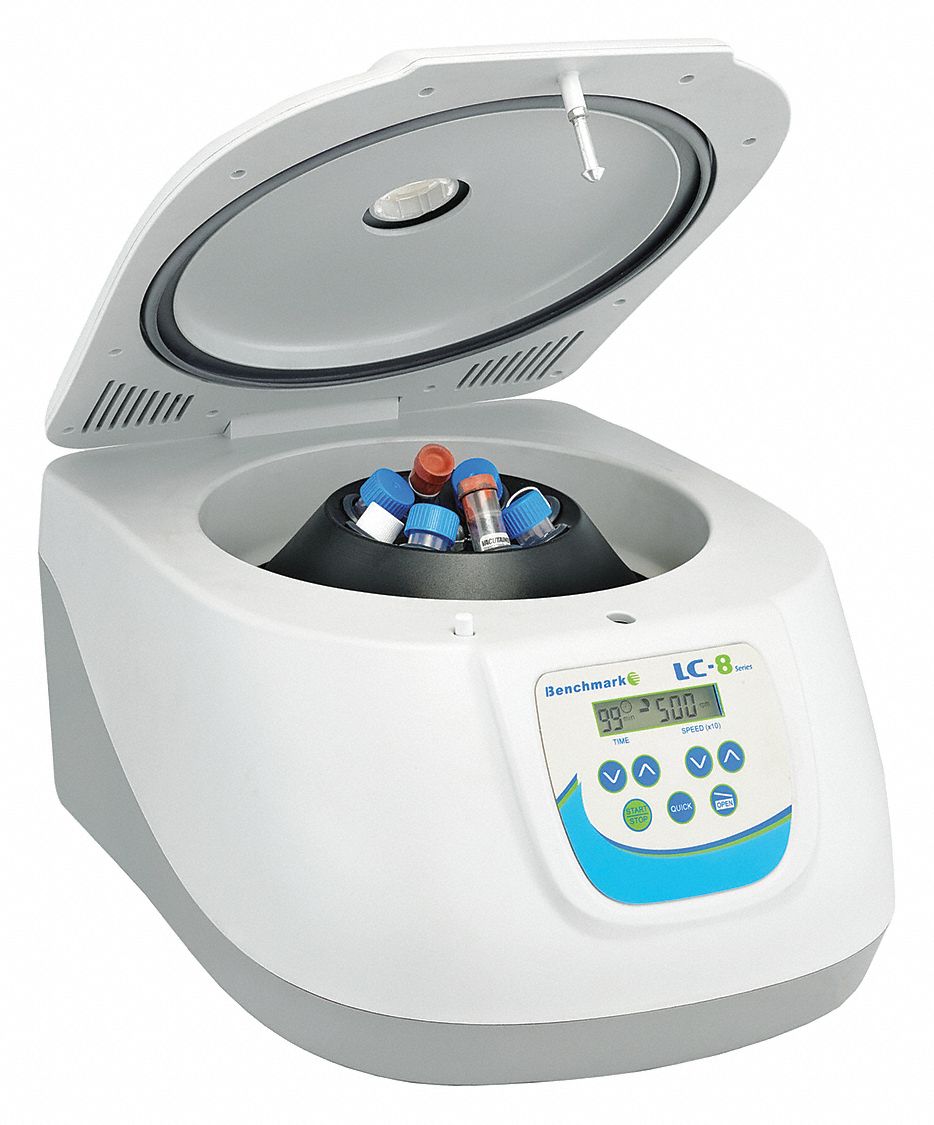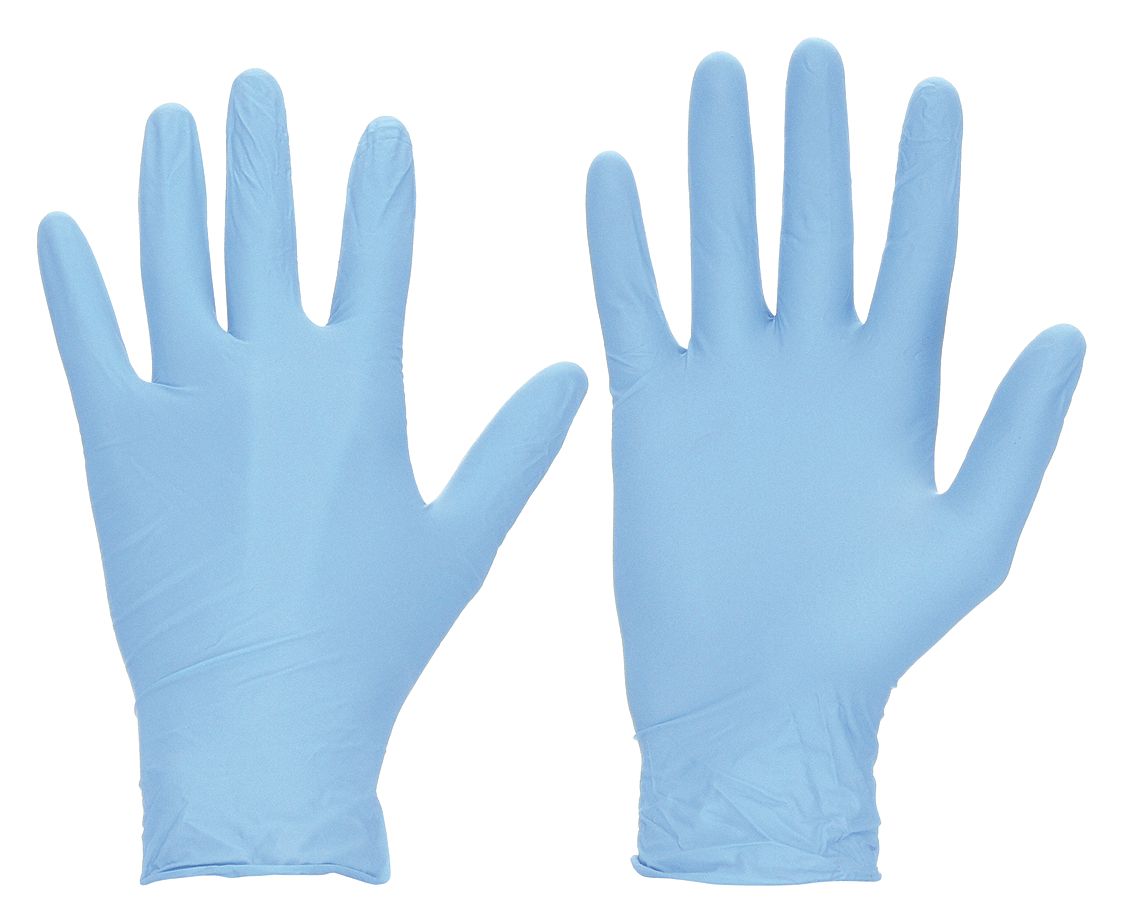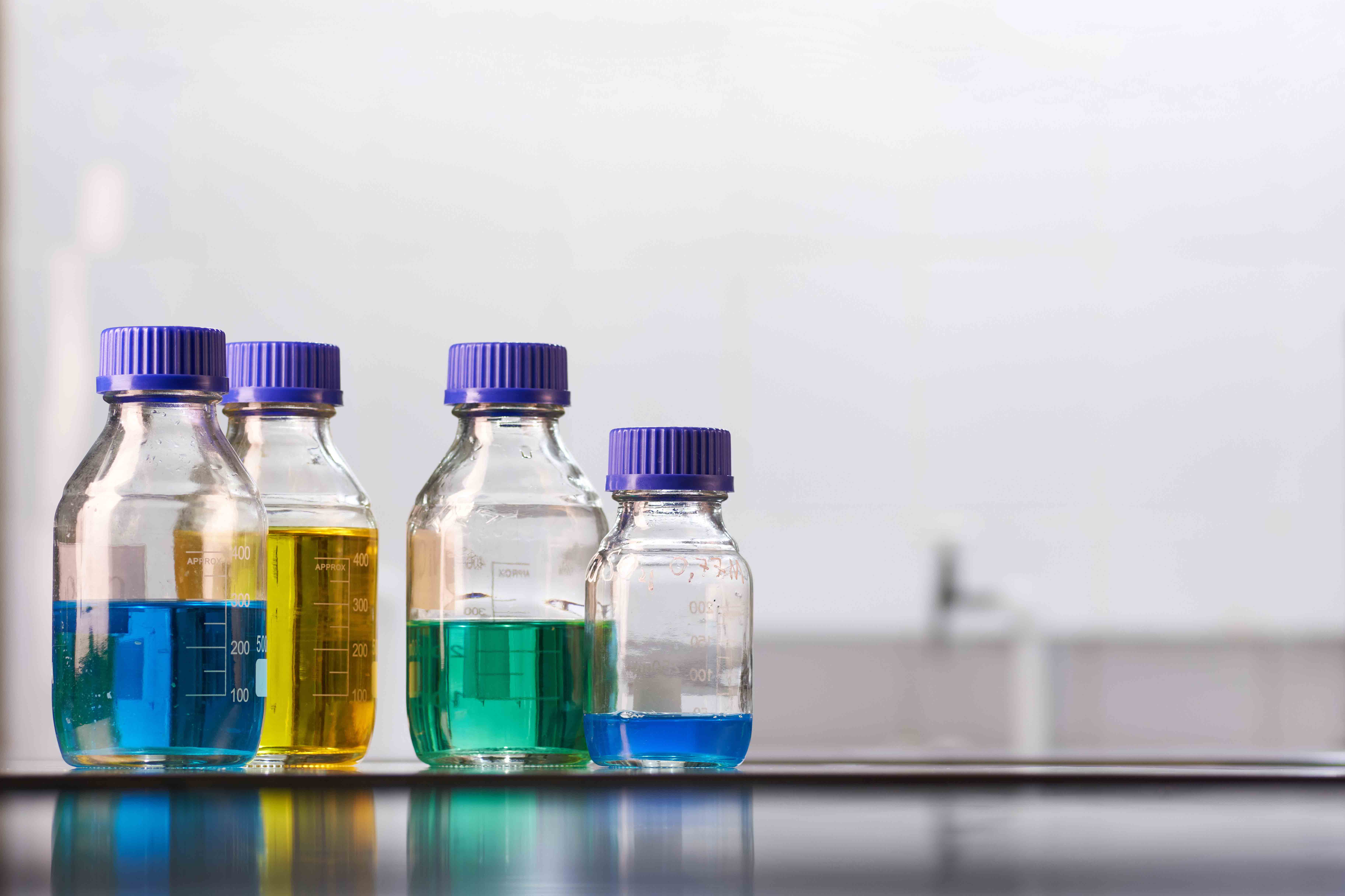

Guide to Laboratory Bottles and Jars
By Grainger Editorial Staff 1/11/21


Plastic and glass containers and closures hold and store chemicals in a variety of different types of laboratories. They come in a wide range of shapes and sizes for various applications, and can be made of glass or plastic.
Types of Bottles and Jars
The chart below lists the different types and shapes of bottles and jars as well as a description and their application.
| Bottle Type/Shape | Description |
|---|---|
|
Narrow Mouth |
Narrow-mouth bottles feature a smaller opening that is designed for pouring liquids and can be used for storing or shipping liquids. |
|
Wide Mouth |
Wide-mouth bottles feature a larger opening for easy filling of various types of liquids and solids. |
|
Sampling |
Sampling bottles and jars have straight sides and wide mouths for easy filling and removal of samples. Environmental sampling jars can resist breakage, making them good for collecting, transporting and storing of samples for later analysis. |
|
Square |
Square bottles can be easily packed next to each other and allow for more bottles to be stored on shelves or cabinets. |
|
Wash |
Wash bottles shoot a jet of water out of a spout on the side of the bottle. Use them to rinse chemicals and materials from other labware. Some wash bottles have a chemical name and formula printed on them to help prevent cross contamination with other chemicals. |
Clear vs. Amber Bottles and Jars
While clear plastic and glass bottles and jars provide maximum transparency of their contents, amber bottles and jars protect light-sensitive products from UV rays that could alter their contents. Amber bottles and jars come in a variety of sizes and materials.
Glass Bottles and Jars
Below are the two most common types of glass used for bottles and jars, their application and temperature range. Type I Borosilicate glass contains at least 5% boric oxide making it more temperature and chemical resistant than Type III Soda Lime Glass.
Both types of glass bottles and jars can be safety coated with a specialized plastic called plastisol that fits tightly to the glass bottle when cooled to provide protection from injuries and leaks should the bottle or jar break.
| Material | Application | Temperature Range |
|---|---|---|
|
Type I Borosilicate |
Withstands harsher chemical and thermal conditions than bottles made of soda lime. Bottles and jars made from this glass can go from freezing to hot temperatures or vice versa without breaking. |
-70° C to 230° C |
|
Type III Soda Lime |
Offers some chemical resistance and a smooth surface for easy cleaning. Use for dry powers, buffers or low-heat applications. |
0° C to 100° C |
Plastic Bottles and Jars
It's important to select the right type of plastic bottle or jar depending on the chemical being used and heat requirements. Below are the types of plastic materials, their chemical compatibility and temperature range.
| Material | Chemical Compatibility | Temperature Range |
|---|---|---|
|
Low-Density Polyethylene (LDPE) |
Weak and concentrated acids, bases and alcohol |
-100° C to 80° C |
|
High-Density Polyethylene (HDPE) |
Weak and concentrated acids, bases and alcohol |
-100° C to 120° C |
|
Polypropylene (PP) |
Weak and concentrated acids, bases and alcohol |
0° C to 135° C |
|
Polymethylpentene (PMP) |
Weak and concentrated acids, bases and alcohol |
20° C to 175° C |
|
Polycarbonate (PC) |
Weak acids |
-135° C to 130° C |
|
Polyethylene Terephthalate (PET) |
Weak acids, bases and alcohols |
-40° C to 70° C |
The information contained in this article is intended for general information purposes only and is based on information available as of the initial date of publication. No representation is made that the information or references are complete or remain current. This article is not a substitute for review of current applicable government regulations, industry standards, or other standards specific to your business and/or activities and should not be construed as legal advice or opinion. Readers with specific questions should refer to the applicable standards or consult with an attorney.

